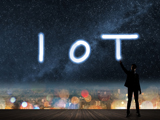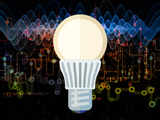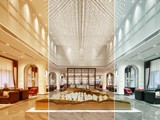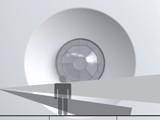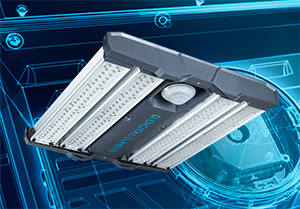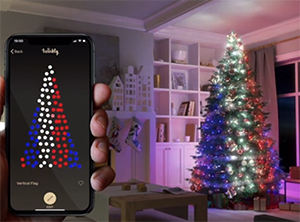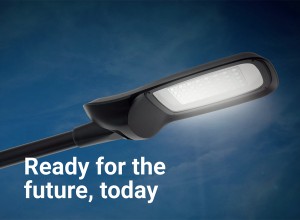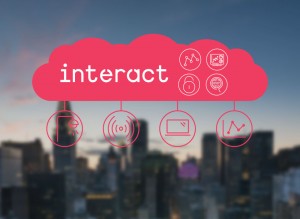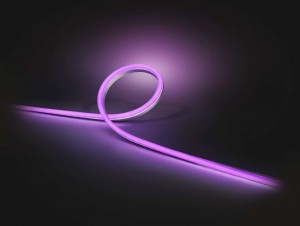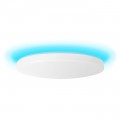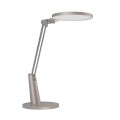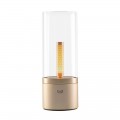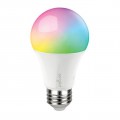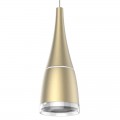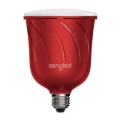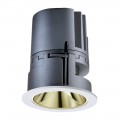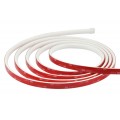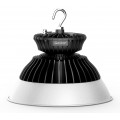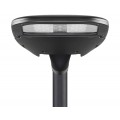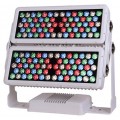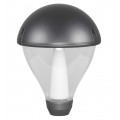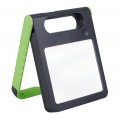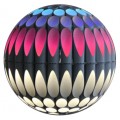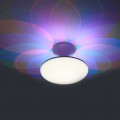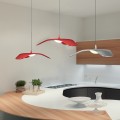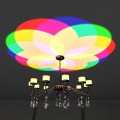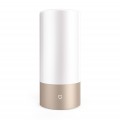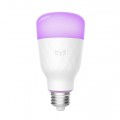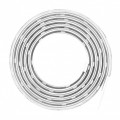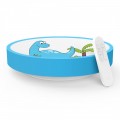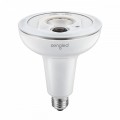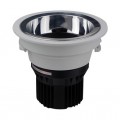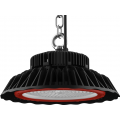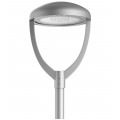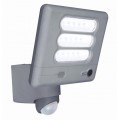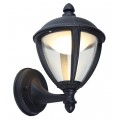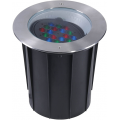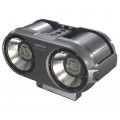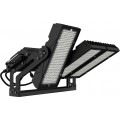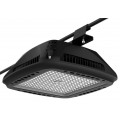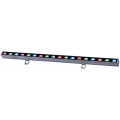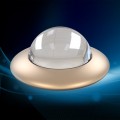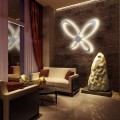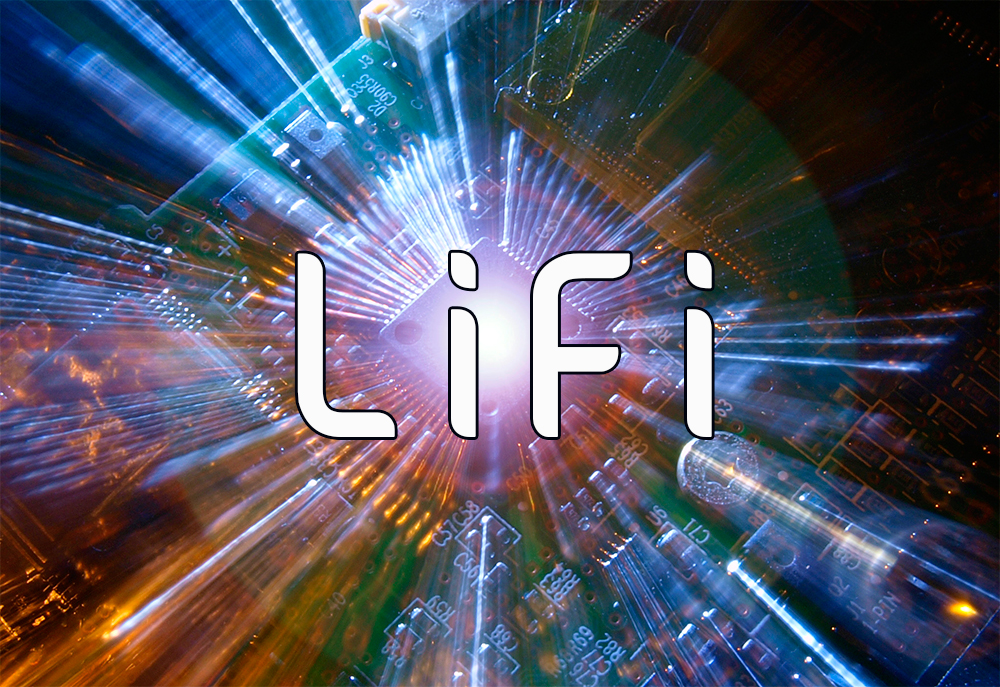
LiFi is a visible light communication (VLC) technology which makes use of light waves instead of radio waves for wireless data transfer. The term which is short for "Light Fidelity" was coined by Harald Haas who first developed the modern concept of LiFi with his research team at the University of Edinburgh. As a high speed, wireless broadband technology, LiFi was developed to address the challenges and overcome limitations faced by wireless communication technologies operating in the radio spectrum below 10 GHz. With more and more mobile devices being connected every day, radio frequencies are becoming congested. Overloaded network traffic lends existing RF infrastructures to spectrum crunches. With Internet of Things (IoT) opening up a whole new world of opportunities, LiFi is deemed to bring sense to the exciting digital revolution which demands immersive connectivity.
How Does LiFi Work
LiFi transmits data by modulating LED light to create binary code (on = 1, off = 0). A combination of 1s and 0s generates different data strings which are demodulated by a photodetector (photodiode receiver). The photodector produces an electrical current in proportion to the stream of light. The electrical current is then passed onto an analog-digital converter. Demodulated signals are decoded and forwarded to a connected device, such as a computer, tablet, smartphones, television or a smart appliance. To act as a network access point that provide bidirectional communication, the LiFi device must be designed to provide both uplink and downlink connection. Besides the downlink which uses visible light to transmit data from the light source to digital terminals, an uplink connection must be established to complete the full duplex communication. To avoid glare from the photodiode receiver, the uplink channel uses invisible parts of the light spectrum such as infra-red to upload data back to the source. Some LiFi solutions feature a hybrid network structure that combines Li-Fi with the conventional radio frequency (RF) communication.
LiFi and LED
Without the advent of solid state lighting (SSL) there would not have been revolutionary progress in optical wireless communication (OWC) technology. The heart of the LiFi is LED lighting which makes use of semiconductor diodes to produce light. When the diode is forward biased (switched on) across the p-n junction, electrons in the n-type semiconductor layers and holes in the p-type semiconductor layers flow toward each other and energy is released in the form of light when they combine. Rather than emitting light by exciting a gaseous medium in a glass envelop (i.e., bulb), as is the case with traditional light sources, the light discharge process of an LED happens in a solid state architecture and can be digitally controlled by regulating the electrical characteristics of the driving current. This means that only LEDs can operate with frequency of modulation in the range specific to visible light communication. Although LiFi transmits data by switching LEDs. The light pulses are imperceptible to the human eye because the frequency of these "on" and "off" sequences is so high that the eye cannot perceive the modulation or "flicker".
Implementation
The architecture of a LiFi system consists of two parts: an LED luminaire with a built-in modem that modulates the light and a LiFi USB key/dongle plugged into the socket of a laptop or tablet. The ability to perform signal modulation is key to any LiFi-enabled luminaire. The modem which is a digital signal processor integrated or attached to an LED driver transforms streaming content provided by a server over the Internet into digital signals. The DSP comes with a digital-to-analogue converter (DAC) which converts data into bytes. A transmitter module thereafter generates the corresponding on-off pattern and instructs the LED driver to provide high frequency switching operation. The LiFi dongle acts as a data receiver and data transmitter. It generally comprises a photodetector, a signal amplifier, a data processing circuitry, and an uplink module.
Modulation
It is essential to modulate data into a carrier signal which consists of light pulses sent out at short intervals. LiFi systems use different modulation schemes to encode information into light and they fall into two categories: single-carrier modulation (SCM) and multi-carrier modulation (MCM).
SCM is relatively straightforward to implement and is used for application where a limited amount of contextual information is to be pushed to a mobile device. Widely used SCM schemes for LiFi include on-off keying (OOK), pulse position modulation (PPM) and pulse amplitude modulation (PAM). OOK transmits data by sequentially turning on and off the LED and supports dimming by adding an OOK extension which adjusts the aggregate output to the correct level. PPM which is more power-efficient than OOK encodes the data into light using the position of the pulse within a set time period. Variable pulse position modulation (VPPM), a combination of PPM and pulse width modulation (PWM), allows the width of signal pulses to be controlled to support light dimming. Sub-carrier inverse PPM (SCIPPM) which has a sub-carrier part and a DC part allows for independent control of lighting for enhanced energy savings. PAM modulates light by varying the amplitudes of the individual pulses.
MCM is designed to address SCM's non-linear signal distortion, inter-symbol interference, and energy inefficiency problems in high-speed optical wireless communication. The most well-known MCM technique in LiFi networks is Orthogonal Frequency Division Multiplexing (OFDM) which enables parallel data streams to be transmitted simultaneously through a collection of orthogonal subcarriers. The adaptive bit and power loading of subcarriers allows for increased modulation bandwidth, simple equalization with single-tap equalizers in the frequency domain, and the immunity to low-frequency distortion. However, OFDM has a high peak-to-average power ratio. A high speed DSP is required to perform Fourier Transforms. And also OFDM places high demand on the accuracy of signal conversion.
LiFi Advantages
- Capacity: Compared with the RF spectrum which is regulated to mitigate interference and ensure the efficient usage of its narrow bandwidth (∼ 3 kHz to ∼ 300 GHz), the visible light spectrum provides 10,000 times more license-free bandwidth. The exponentially increasing need for bandwidth and the ever-shrinking WiFi spectrum make LiFi, with a potential bandwidth of ∼ 400 THz to ∼ 780 THz, a viable solution to complement short-range wireless transmission and alleviate the RF spectrum congestion.
- Speed: LiFi technology can transmit data at a peek speed of more than 1 Gbps. Laboratory tests have shown data rates of more than 224 Gbps are possible, meaning LiFi outperforms all current RF technologies (Wi-Fi of 150 Mbps, Bluetooth of 3 Mbps, and IrDA of 4 Mbps).
- Availability: Every light can be transformed into an optical access point. Ubiquitous installations of LED lights mean LiFi can be provided virtually everywhere. Moreover, LiFi produces no electromagnetic interference (EMI) and can be installed in environments where radio waves can impair normal operation of electrical instruments and equipment. These environments include airplanes, medical imaging rooms, mines, chemical and power plants. LiFi can even be used for undersea explorations because light waves will transmit through water.
- Security: Radio waves can penetrate through walls and the data signals can be easily intercepted by a hacker outside a building. This makes RF communication vulnerable to eavesdropping. Data stream through LiFi remains confined to lit areas, which can be interpreted as built-in security for LiFi. Along with data encryption, LiFi offers an exceptional security and privacy in data streaming, thus putting an end to the threat of cyber intruders!
- Simplicity: Non-coherent mode of communication enables LiFi to be deployed with relatively simple and low cost front-end components of both transmitters and receivers. On the other side, WiFi communication requires frequency mixers, filters, and sophisticated algorithms to correct RF impairments such as interference, distortion, phase noise and IQ imbalance.
- Energy Efficiency: LiFi transmits data through light waves produced by LEDs. High efficacy LED lighting draws minimal power and offers up to 80% energy savings over conventional lighting technologies.
Applications
Wide spread availability, high speed communication, and a host of benefits complementary to WiFi technology lend LiFi to an extensive array of applications within the realms of the Internet of Things (IoT), 5th generation of cellular systems (5G), and beyond.
- Airlines and Aviation: LiFi facilitates data transmission in EMI-sensitive aircraft cabins as the intrinsically safe light wave does not interfere with radio frequency band used by aviation industry.
- Medical and Healthcare: WiFi radio waves may block signals from medical and monitoring equipment. They also interfere with medical instruments such as magnetic resonance imaging (MRI) scanners. Integrating LiFi into light fixtures (i.e., overhead surgical lights) allows data to be safely transmitted in WiFi-prohibited medical facilities and healthcare areas.
- Industrial Environments: LiFi can provide safe, maintenance-free connectivity throughout industrial facilities, especially in applications where the existence of radio waves may cause interference or the deployment of WiFi network is not feasible. LiFi is carried by light, which means where there's a light there could be a LiFi access point.
- Underwater Communications: Sunlight entering the water may travel as far as 1,000 meters (3,280 feet) into the ocean. Excellent underwater penetrability makes LiFi a very promising technology for underwater communication. Communication between divers and between surface personnel uses voice communications (hard-wired, through-water electronic voice system), hand signals, flashlight signals, and line signals. These communication methods are either cumbersome or ineffective. LiFi allows underwater communication to be executed as robust as over-the-air WiFi communication.
- Traffic Management and Vehicle Communication: LiFi can be used for vehicle-to-vehicle and vehicle-to-signal communications. The transceiver modules embedded in LED headlights and taillights transform a vehicle into a digital node that can interact with other LiFi-enabled vehicles as well as digital traffic signals and intelligent street lights. This obviously facilitates traffic management and road safety.
- Privacy Sensitive Environments: Wired connections which are used to prevent eavesdropping in military and government setups undesirably affects mobility. LiFi offers secure, high speed communication without compromising mobility.
LiFi and IoT
LiFi-enabled LED lighting is poised to play a major role in the Internet of Things which enables direct integration of the physical world into computer-based systems. IoT transforms the way people interact with their environment through the exploitation of data capture (sensing), communication and actuation capabilities. Forwarding data from the perception layer to the application layer of an IoT system requires a reliable, secure, efficient, and pervasive network layer. The network layer of IoT uses a combination of long distance and short-range network communication technologies such as Bluetooth, ZigBee, WiFi, 3G, 4G, 5G, and power line communication (PLC). WiFi is currently the most globally recognized wireless networking technology in IoT applications. However, as mentioned above, WiFi has its weak points. And LiFi is born to address the inefficiencies of WiFi.
With very low power consumption, convenience of setting up, wide availability and lower component costs, deploying IoT with LiFi across a facility will be a hassle-free exercise. LiFi's ability to transfer data through lighting easily expands a network of customizable IoT solutions that are previously not possible with RF communication technologies. LiFi not only provides a cost-effective, efficient and secure channel for more ubiquitous communication in IoT networks, it also contributes unprecedented robustness in the interaction between digital nodes and creates a multitude of mobile node-to-node IoT applications. LiFi and RF communication systems combine to address key IoT challenges such as interoperability, scalability and accessibility.












